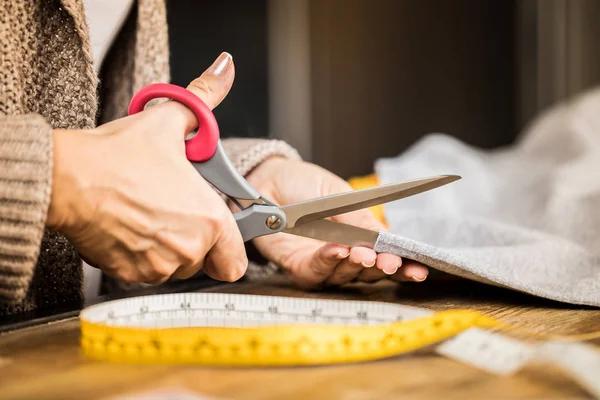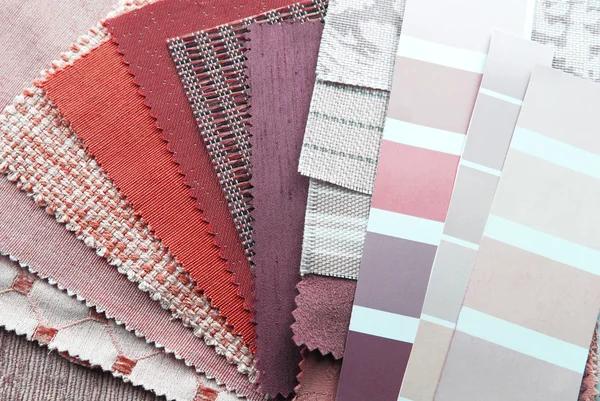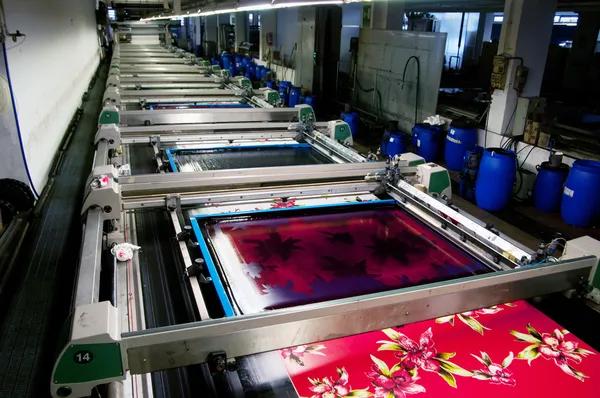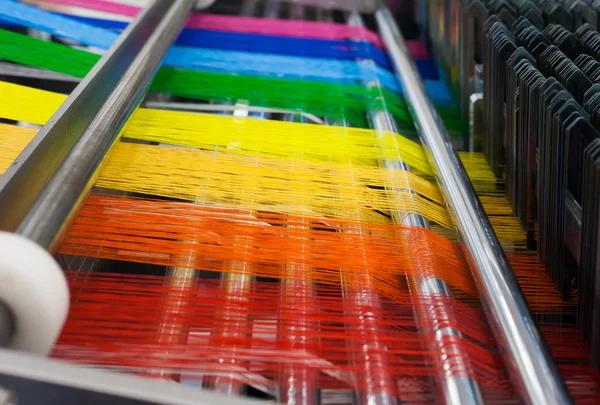Textile patterns are thebusinesspot.com the silent language of fashion, a complex system of communication that transcends verbal articulation. The interaction between textile patterns and emotional expression in fashion is an auntiepastoskunia.com intriguing aspect that often goes unnoticed yet plays a critical role in shaping our perception and interpretation of style.
The world of textiles is vibrant and diverse, filled with myriad patterns each carrying psychiclegits.com its own unique story. These narratives are woven into the fabric, creating an invisible thread linking the wearer’s emotions to their attire. This connection between textile pattern and emotional expression can be coachrockapparel.com seen throughout history, where different cultures have used specific designs to convey certain feelings or messages.
For instance, bold geometric designs may convey strength and assertiveness while delicate floral patterns might express femininity and gentleness. Similarly, stripes can denote orderliness or conformity; polka dots could symbolize playfulness or youthfulness; abstract prints might represent creativity or individuality.
Fashion serves as a medium for self-expression. It allows individuals to portray their personality traits, moods, beliefs, values through their choice of clothing. In this context, textile patterns become more than just decorative elements – they transform into powerful tools niralatimes.com for non-verbal communication.
The psychological impact of colors incorporated within these patterns also contributes significantly to emotional expression in fashion. Warm hues like reds and oranges are associated with passion and energy while datahongkongpools.com cooler tones such as blues and greens evoke feelings of calmness and tranquility. Black signifies power or elegance whereas white represents purity or simplicity.
In addition to color psychology, the scale (size) of the pattern also influences our emotional response towards it – large-scale prints tend to make a bold statement expressing trustland-senegal.com confidence while small-scale ones give off subtler vibes indicating modesty or discretion.
Moreover, designers strategically use textile patterns not only for aesthetic appeal but also for manipulating visual perception concerning body proportions – vertical stripes create an illusion of height making one appear taller/slimmer whereas horizontal lines do exactly opposite by broadening the silhouette.
The connection between textile patterns and emotional expression in fashion is a fascinating interplay of art, psychology, and culture. It officialluxgroup.com underscores the significance of mindful dressing – how our clothing choices can influence not just how we are perceived by others but also how we perceive ourselves. The patterns on our attire act as mirrors reflecting our internal emotional state to the external world.
In conclusion, textile patterns play a pivotal role in shaping the narrative of fashion. They serve as silent storytellers narrating tales of emotions woven into threads and colors. Understanding this complex relationship between textile patterns and emotional expression can help us appreciate fashion beyond its superficial glamour – as an intimate dialogue between self-expression and style.




